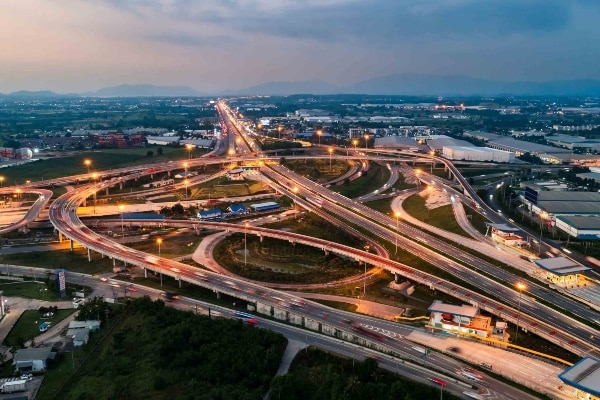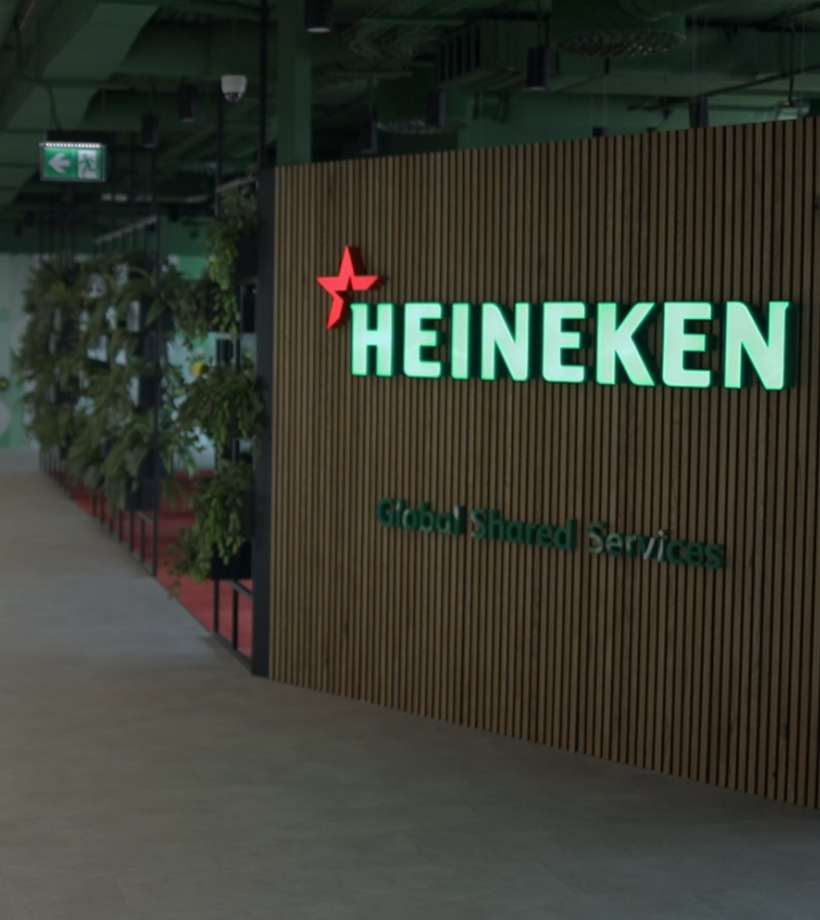-
Featured services
2026 Global AI Report: A Playbook for AI Leaders
Why AI strategy is your business strategy: The acceleration toward an AI-native state. Explore executive insights from AI leaders.
Access the playbook -
Services
Alle Services und Produkte anzeigenNutzen Sie unsere Fähigkeiten, um die Transformation Ihres Unternehmens zu beschleunigen.
-
Services
Network-Services
Beliebte Produkte
-
Services
Cloud
Beliebte Produkte
-
Services
Consulting
-
Edge as a Service
-
Services
Data und Artificial Intelligence
- KI und intelligente Lösungen
- Daten-/KI-Strategie und -Programm
- Data Engineering und Plattformen
- Daten-Governance und -management
- Datenvisualisierung und Entscheidungsfindung
- $name
- GenAI Platforms
- GenAI Industry Services
- GenAI Infrastructure Services
- GenAI Value Transformation
- Data und Artificial Intelligence
-
-
Services
Global Data Centers
-
Beliebte Produkte
-
Services
Application Services
-
Services
Sustainability Services
-
Services
Digital Workplace
-
Services
Business Process Services
-
Services
Generative AI
-
Services
Cybersecurity
-
Services
Enterprise Application Platforms
![]()
IDC MarketScape: Anbieterbewertung für Rechenzentrumsservices weltweit 2023
Wir glauben, dass Marktführer zu sein eine weitere Bestätigung unseres umfassenden Angebotes im Bereich Rechenzentren ist.
Holen Sie sich den IDC MarketScape -
-
Erkenntnisse
Einblicke und RessourcenErfahren Sie, wie die Technologie Unternehmen, die Industrie und die Gesellschaft prägt.
-
Erkenntnisse
Ausgewählte Einblicke
-
Die Zukunft des Networking
-
Using the cloud to cut costs needs the right approach
When organizations focus on transformation, a move to the cloud can deliver cost savings – but they often need expert advice to help them along their journey
-
So funktioniert Zero-Trust-Sicherheit für Ihr Unternehmen
Sorgen Sie dafür, dass Zero-Trust-Sicherheit für Ihr Unternehmen in hybriden Arbeitsumgebungen funktioniert.
-
-
Erkenntnisse
![]()
Copilot für Microsoft 365
Jeder kann mit einem leistungsstarken KI-Tool für die tägliche Arbeit intelligenter arbeiten.
Copilot noch heute entdecken -
-
Lösungen
Alle LösungenWir helfen Ihnen dabei, den Anforderungen an kontinuierliche Innovation und Transformation gerecht zu werden
Global Employee Experience Trends Report
Excel in EX mit Forschung basierend auf Interviews mit über 1.400 Entscheidungsträger:innen auf der ganzen Welt.
Besorgen Sie sich den EX-Report -
Erfahren Sie, wie wir Ihre Geschäftstransformation beschleunigen können
-
Über uns
Neueste Kundenberichte
-
Liantis
Im Laufe der Zeit hatte Liantis, ein etabliertes HR-Unternehmen in Belgien, Dateninseln und isolierte Lösungen als Teil seines Legacysystems aufgebaut.
-
Randstad
We ensured that Randstad’s migration to Genesys Cloud CX had no impact on availability, ensuring an exceptional user experience for clients and talent.
-
-
![Heineken Landing Page]()
NTT DATA und HEINEKEN
HEINEKEN revolutioniert die Mitarbeitererfahrung und die Zusammenarbeit mit einem hybriden Arbeitsplatzmodell.
Lesen Sie die Geschichte von HEINEKEN -
- Karriere
Topics in this article
How do we make cities and human settlements inclusive, safe, resilient and sustainable? These are the outcomes envisaged by United Nations Sustainable Development Goal (UN SDG) 11 – sustainable cities and communities. They’re also the drivers of some incredible innovation in urban planning and related technology.
There’s a great deal of work being done in these fields to create “smart cities”: built-up spaces that use technology and data to enhance their residents’ quality of life and manage their resources and services more sustainably.
Smart cities rely on advanced technical infrastructure to collect data from sources such as sensors, IoT devices and even citizens. This data then feeds into systems where it can be processed and analyzed to make informed decisions on city operations. Zurich, Oslo, Canberra and Copenhagen occupy the top four spots – in that order – in IMD Business School’s Smart City Index Report 2023.
Clean water: a basic human right
Urban water governance – the way fresh water and wastewater are managed in light of demographic growth, urbanization and the climate crisis – plays a prominent role in a city’s “smart” designation.
Access to safe drinking water and sanitation is an internationally recognized human right and a feature of, among others, UN SDG 6.1 (safe and affordable drinking water for all), 6.4 (water-use efficiency across all sectors to ensure sustainable withdrawals and address water scarcity) and 6.5 (the protection and restoration of water-related ecosystems).
However, with a 55% increase expected in global water demand by 2050 and 4 billion people living in water-stressed areas, looking after this scarce resource has never been more important.
In the Belgian province of Liège, water governance is the domain of Compagnie Intercommunale Liégeoise des Eaux (CILE), whose 400-strong team distributes drinking water to 24 municipalities.
Keeping the water flowing in Belgium
Managing the water transport infrastructure in Liège is one of CILE’s key responsibilities. The CILE management team wanted to introduce smart metering, strengthen the smart grid that manages the water pipelines running between countries, and identify which aging pipelines to replace first.
They also wanted to improve the network connecting the systems that alert them to leaks and backflows (when low pressure pulls water from other sources into the municipal system).
Working with Cisco and CILE, NTT DATA deployed a series of gateways to securely connect their sensors and water meters – which measure water consumption, temperature, pressure and more – to a long-range wide area network (LoRaWAN).
This wireless communication protocol is designed for connecting IoT devices to networks. It enables long-range communication with low data rates and low power consumption.
From thousands of sensors to a focused outcome
More than 250,000 IoT devices will be deployed in CILE’s water infrastructure. NTT DATA showed how these devices could connect securely to Cisco IXM Gateways and relay information through the network to give CILE real-time insight into the state of their water infrastructure.
We provided a clear data structure to define the data to be gathered and stored, as well as the conditions needed to trigger an alarm. Integrating these elements created valuable intelligence for operational teams and allowed CILE to decrease the impact of alarms on their business.
Once the architecture was finalized, we deployed 53 gateways in a secured network to gather information, integrated the data streams and provided governance over all five project layers – sensors, networking, data, function and process.
Connecting a desert city
Elsewhere in the world, in a far more water-poor region than Belgium, the City of Las Vegas faces huge pressures on its infrastructure as it deals with an influx of more than 40 million visitors a year. The City needed the intelligent application of technology to provide services not just to these tourists but also to their 600,000 residents.
Managing a connected city that reaps the benefits of IoT requires access to critical real-time information, allowing for a fast and appropriate response to any situation.
So, NTT DATA helped the City deploy a multitude of optical, audio and movement sensors, paired with analytics software, to monitor traffic flow, people movement, safety and usage of facilities like parks. We also applied AI and machine learning to ease the burden of data monitoring and analysis on key city personnel.
There’s no doubt that smart cities will be a key part of our future. Rising rates of urbanization in many countries mean any type of technological innovation that supports public services and creates a better and more sustainable environment will be embraced.
Read our full CILE case study and our City of Las Vegas case study to see how NTT DATA’s expertise in networks and IoT helps to build the cities of the future.




